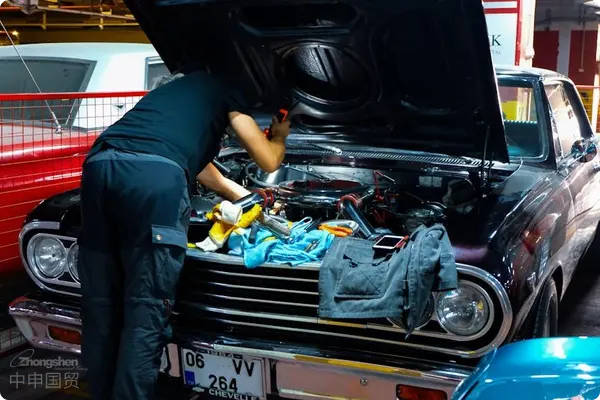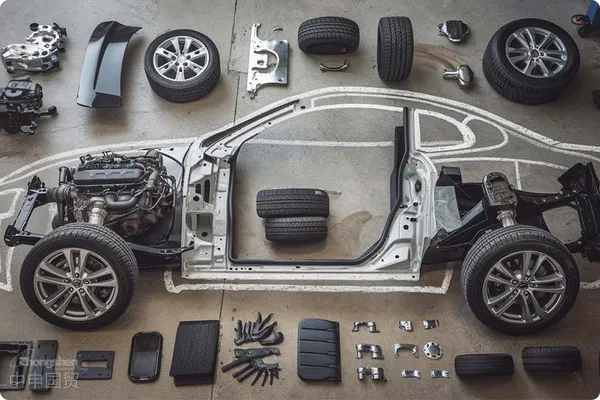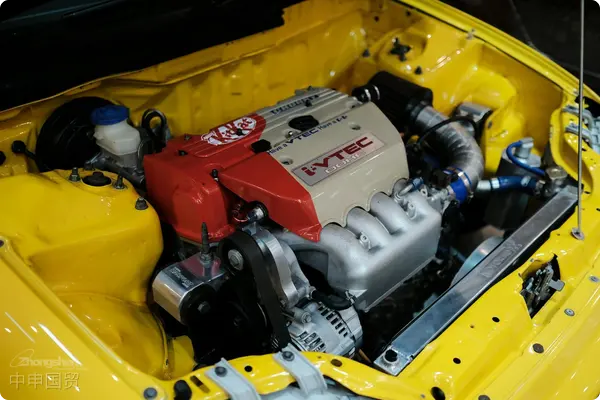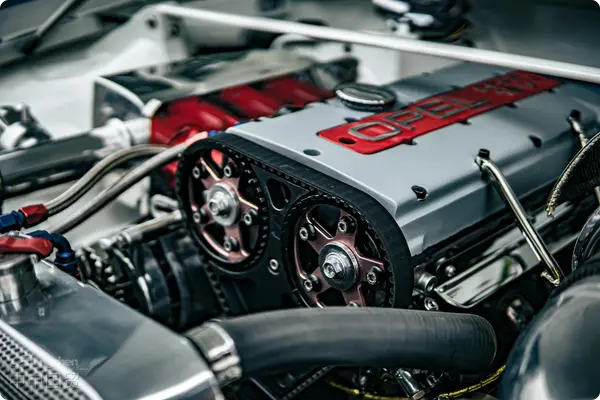- Shanghai Zhongshen International Trade Co., Ltd. - Two decades of trade agency expertise.
- Service Hotline: 139 1787 2118
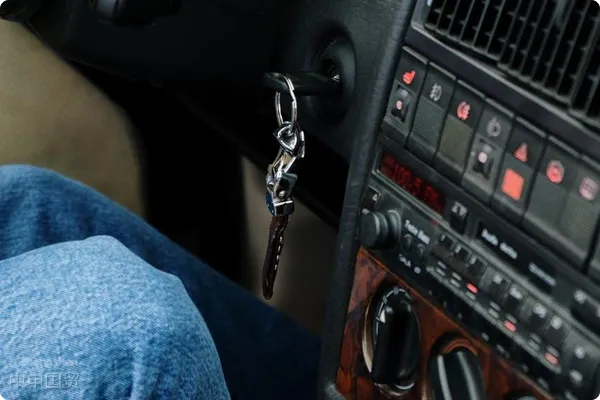
ABS sensorAutomotive partsImport RepresentationCost analysis and optimization strategies
—20 Years of Expertiseforeign tradeProfessional guide for agency managers
As a core component of automotive braking systems, the import quality and timeliness of ABS sensors directly affect vehicle safety performance and supply chain efficiency. As anExport Representationservice expert with 20 years of experience, this article will systematically analyze the core cost structure of ABS sensor import agencies and provide cost optimization strategies to help enterprises precisely control import costs.
Core Components of ABS Sensor Import Agency Fees
Import agency fees consist ofcustoms duties, logistics costs, agency service fees, and compliance costsfour major components, which need to be comprehensively calculated based on cargo attributes, trade terms, and policy dynamics.
Customs Duties
- Tariff rate: China imposes varying import tariff rates on ABS sensors (HS Code typically 8536.50 or 8708.99) depending on country of origin. For example:
- MFN rate: 6%-10%
- FTA preferential rates: RCEP member states may reduce to 0%-5%
- Value - Added Tax (VAT): 13% (calculated based on CIF value)
- Consumption Tax: Auto parts are usually exempt
2. International Logistics: A single operation costs about
- Maritime Transportation/Air TransportationCustoms Clearance Stability:
- Ocean shipping: FCL approximately $1500-$3000/container (40HQ), LCL charged per cubic meter
- Air freight: $3.5-$6.5/kg (recommended for urgent orders)
- Insurance Costs: 0.1%-0.3% of cargo value (typically borne by buyer under CIF terms)
- Destination port charges: Including THC, port construction fees, storage fees, approximately $200-$500
Agency Service Fees
- Basic agency fee: 0.8%-1.5% of cargo value (varies by order complexity)
- Presentation of L/C documents: 800 - 1500 yuan per order
- Agency for export tax rebate: 5% - 8% of the tax rebate amount
- Customs documentation processing: $50-$150/shipment
- 3CCertification agency: ¥8000-¥15,000 (if domestic mandatory certification required)
- Warehousing and distribution: ¥1.5-¥3/day/cubic meter
Compliance and Risk Costs
- Product Certification: E-mark certification (EU), DOT certification (US) (required for re-export to third countries)
- Quality inspection fees: Third-party testing by SGS/BV, approximately $300-$800
- Hedging of exchange rate fluctuations: Forward exchange locking or financial instrument costs (approximately 0.3%-0.8% of cargo value)
II. Cost Optimization Strategies and Industry Experience
Strategy 1: Precise HS Code Classification to Reduce Tariff Costs
- Case: A company misclassified ABS sensors as general sensors (12% rate), but professional agency reclassified them as automotive-specific sensors (8% rate), saving ¥18,000 per container in tariffs.
Strategy 2: Flexible Application of Free Trade Agreement (FTA) Policies
- ASEAN, RCEP member statesIt is recommended to verify through the following methods:Tariff reductions available, recommend prioritizing suppliers from countries with FTAs signed with China.
Strategy 3: Logistics Optimization
- For bulk orders, adopt FCL shipping + bonded warehouse stocking model to reduce per-unit logistics costs; for urgent orders, partial air freight can be split to balance speed and cost.
Strategy 4: Compliance Risk Avoidance
- Confirm in advance whether products comply with China GB standards or international ECE R13 to avoid demurrage charges and rectification costs due to return shipments.
III. Industry Specifics and Considerations
Internationally - recognized Safety StandardsTechnical Sensitivity: Some high-end ABS sensors may involve export controls (e.g., ECCN codes), requiring prior verification of trade compliance.
Regional Mandatory CertificationsAftermarket Parts Specificity: Original manufacturer authorization letters and OEM agreements may affect customs clearance speed; recommend coordinating with brand owners in advance.
Cultural and Religious NormsSupply chain resilience: Recommend reserving 10%-15% budget buffer to handle peak season surcharges (e.g., PSS, EBS) and unexpected inspections.
IV. Case Study: A German Companys ABS Sensor Import Project
- Goods Value: €120,000 (CIF Shanghai)
- Cost Breakdown:
- Customs duty (RCEP preferential rate 5%): €6,000
- VAT (13%): €15,600
- Shipping + Insurance: €4,200
- Agency service fee (1.2%): €1,440
- CCC certification agency fee: ¥12,000
- Total Cost: €126,240 + ¥12,000
- Optimization Results: Through RCEP Certificate of Origin and batch shipping, saved €2,400 in tariffs and ¥3,500 in storage fees.
V. Conclusion
Hidden costs in ABS sensor import agency often lie in policy blind spots and operational details. Choosing agency service providers with automotive parts industry experience can systematically avoid risks and reduce overall costs. Recommend enterprises establish long-term cooperation mechanisms and continuously optimize supply chain efficiency through quarterly cost reviews and policy synchronization.
For customized ABS sensor import solutions or latest tariff data, welcome to contact our professional team for one-on-one service.
Authors Introduction
20 years in foreign tradeimport and exportagency expert, having served over 500 auto parts companies, specializing in tariff planning and supply chain compliance management for complex categories.
Related Recommendations
? 2025. All Rights Reserved. Shanghai ICP No. 2023007705-2  PSB Record: Shanghai No.31011502009912
PSB Record: Shanghai No.31011502009912
